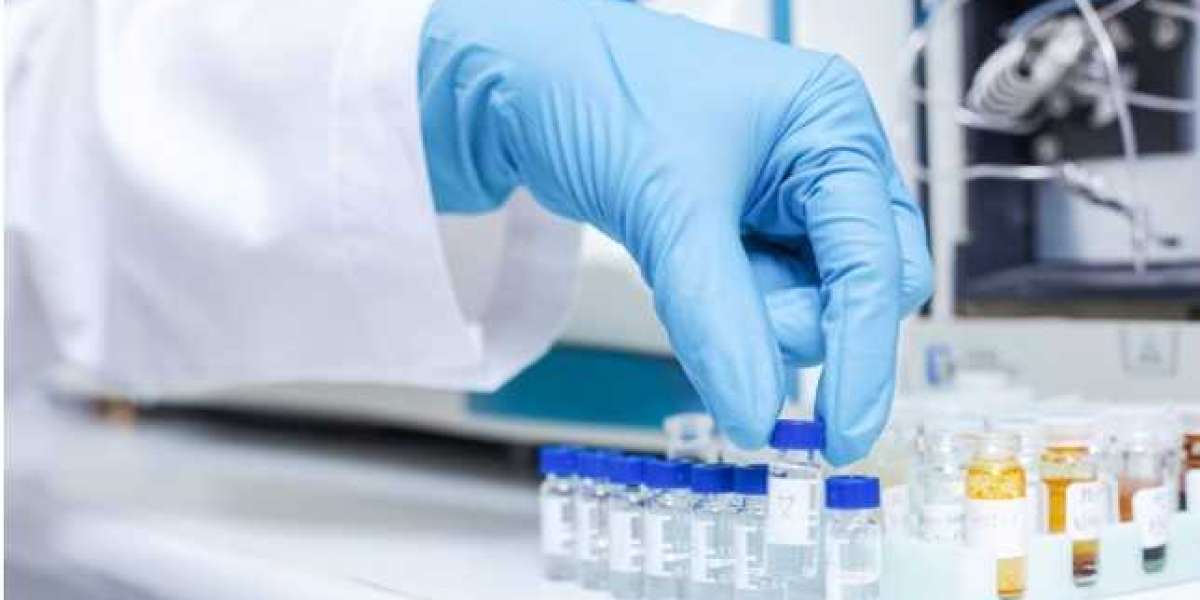Components of An Antibody-drug Conjugates
An antibody-drug conjugate (ADC) is a sophisticated and targeted form of cancer therapy that combines the specificity of monoclonal antibodies with the potent cytotoxicity of small-molecule drugs. The main components of an antibody-drug conjugates include:
Monoclonal Antibody: This serves as the targeting element. It is designed to recognize and bind to specific antigens expressed on the surface of cancer cells. Thus, it ensures the drug is delivered specifically to the cancer cells, minimizing damage to normal, healthy cells.
ADCs Cytotoxin: This is the payload that kills the cancer cells. These drugs are usually too toxic to be used in their free form due to severe side effects but can be safely delivered when conjugated to the antibody.
ADC linker: This is a chemical bridge that connects the cytotoxic drug to the monoclonal antibody. The stability of the linker is critical; it must be stable enough in the bloodstream to prevent premature drug release, but it must release the drug once the antibody has bound to the target cell and been internalised.
Mechanism of Action:
Targeting: The monoclonal antibody component of the ADC binds to its specific antigen on the surface of a cancer cell.
Internalization: Once the ADC binds to the antigen, it is internalized into the cell through receptor-mediated endocytosis.
Drug Release: Inside the cell, the linker is cleaved, releasing the cytotoxic drug.
Cell Death: The released drug then exerts its toxic effect, typically by damaging the DNA or disrupting the microtubules, leading to cell death.
Advantages:
Specificity: ADCs can specifically target cancer cells, reducing the collateral damage to normal cells and minimizing side effects.
Potency: The cytotoxic drugs used in ADCs are often significantly more potent than conventional chemotherapy agents.
Combination Approach: Combines the targeting ability of antibodies with the killing power of cytotoxic drugs.
Challenges:
Antigen Selection: The target antigen must be specifically and consistently expressed on cancer cells and not on healthy cells.
Drug Resistance: As with all cancer therapies, there is the potential for cancer cells to develop resistance.
Stability: The linker must be stable in the bloodstream but efficiently release the drug once inside the target cell.
Examples:
Trastuzumab emtansine (T-DM1, Kadcyla): This ADC targets HER2-positive breast cancer cells and combines trastuzumab with the cytotoxic agent emtansine.
Brentuximab vedotin (Adcetris): Targets CD30 in Hodgkin lymphoma and anaplastic large cell lymphoma, linked to the cytotoxic agent monomethyl auristatin E (MMAE).
The manufacturing process of ADCs is complex and involves several critical steps to ensure the final product is safe, effective, and meets regulatory standards. Here is an overview of the typical ADC manufacturing process:
1. Drug-Linker Synthesis:
Cytotoxic Drug Synthesis: Small-molecule drugs (payloads) are synthesized using chemical methods. These drugs are usually highly potent cytotoxins.
Linker Synthesis: Linker molecules that allow the drug to be attached to the antibody are synthesized. These linkers need to be stable in the bloodstream but cleavable within the target cancer cells.
2. Conjugation:
Antibody-Drug Conjugation: The purified antibody is chemically conjugated to the drug-linker compound. This process must be carefully controlled to ensure the correct drug-to-antibody ratio (DAR).
Purification of ADC: The ADC is then purified to remove any unconjugated antibodies and free drugs, ensuring homogeneity and stability.
3. Formulation:
Buffer Preparation: Suitable buffers are prepared to maintain the stability of the ADC during storage and administration.
ADC Formulation: ADC is formulated in the appropriate buffer, often including stabilizing agents.
4. Fill and Finish:
Sterile Filtration: The formulated ADC is passed through sterilizing filters to ensure sterility.
Filling: The sterile ADC is filled into vials or other delivery systems under aseptic conditions.
Lyophilization (if needed): Some ADCs are freeze-dried to improve stability and shelf life.
5. Quality Control and Testing:
Analytical Testing: Comprehensive testing ensures the ADC meets specified criteria, including purity, potency, safety, and consistency.
Stability Testing: Long-term stability studies ensure the ADC remains effective over its intended shelf life.
6. Regulatory Compliance and Documentation:
Regulatory Submission: Detailed documentation, including the manufacturing process, quality control measures, and clinical trial results, is submitted to regulatory authorities (e.g., FDA, EMA) for approval.
Ongoing Monitoring: Post-approval, continued monitoring, and quality assurance practices are maintained to ensure product consistency and safety.
The complexity of ADC manufacturing requires robust process development and rigorous quality control to achieve successful production. The choice of conjugation method, purification techniques, and formulation strategies play crucial roles in optimizing the efficacy and safety of the final ADC product.








